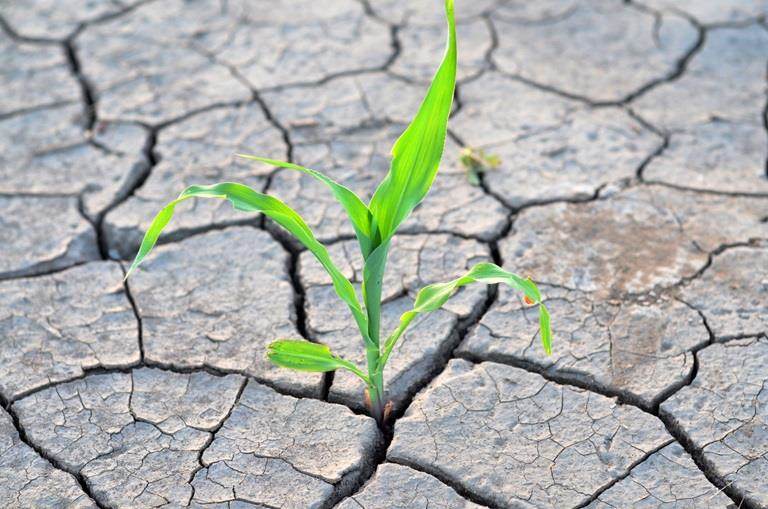The impact of salt stress on root formation in onions
Onions are highly sensitive to environmental stresses, particularly salt stress. With climate change and increasing temperatures as a real threat, this is an important issue for both growers and (consumers/seed breeders). Soil salinity, caused by excessive salts in the soil or irrigation water, can severely affect plant growth and development, especially during the critical stages of root formation. The impact of salt stress on onion root development can lead to reduced crop yields and poor quality, making it a significant concern for onion cultivation in saline environments.

Salt stress and Osmotic Imbalance on Onion Development
In our trialing we’ve seen something quite peculiar and that is that the germination of onion seed isn’t affected by saline conditions. Apparently for onion germination quality is not affected by salt levels. But as soon as the initial root is established, detrimental effects can be observed.Effects on Root Formation
Salt stress can alter the morphology of onion roots, resulting in shorter, thinner, and less branched roots. The formation of a main roots after the formation of the second main root is especially impacted and doesn’t occur in saline conditions. These changes reduce the surface area of the root system, limiting the plant's ability to absorb essential nutrients and water from the soil. A stunted root system also weakens the plant’s anchorage in the soil, making it more susceptible to uprooting by wind or heavy rain, further compromising the plant's stability and growth.“The impact of salt stress on onion root development can lead to reduced crop yields and poor quality”
Ion Toxicity and Root Damage in the Plants
Eventually symptoms like “burning” of the roots and glassing of the leaves can be visible when the plant matures. Or to put it in more scientific terms: Excessive salt in the soil can lead to ion toxicity, where sodium (Na+) and chloride (Cl-) ions accumulate in plant tissues. In onions, excessive accumulation of Na+ in the roots results in a reduction of cell division and elongation, which directly inhibits root growth. Moreover, the toxicity of sodium ions can disrupt the delicate balance of essential ions like potassium (K+), calcium (Ca2+), and magnesium (Mg2+) in the root cells, further hindering proper root development. This all leads to a decrease in bulb size and poorer yield.Adaptive Mechanisms and Tolerance
Onions, like many other plants, have adopted some adaptive mechanisms to cope with salt stress. These include the synthesis of osmotic regulators, the compartmentalization of toxic ions in vacuoles, and the production of protective proteins to mitigate cellular damage. However, these adaptive responses are often insufficient when salt levels exceed the plant's tolerance threshold.Exploring Solutions for Salt Stress
Incotec has identified these Stress responses not only in onion but also in tomato. Beside identifying the stress response, we have also determined the importance of when these responses happen during the plant’s early development. The later saline stress is noticed by the plant the later the response. The later the response, the bigger the general pause in development and with that, the impact on root and shoot development. So, a stress response early in the young plant’s development is preferable to one occurring during later stages of plant maturation.
At Incotec we like to think ‘outside the box’ and we have started experimenting with priming techniques that cause the onion to become more sensitive to salt. Why? Because this leads to an earlier recognition of high saline conditions. The plant then adapts in an earlier stage and therefore experiences a shorter or no stagnation in plant development.
But maybe you can help us, or we can help you to think not just outside the box, but outside the whole room. Hopefully our insights can help you develop other agricultural practices leading to salt resilient plants. Or, if you have certain salt sensitive cultivars, we can provide you with insights into why they are sensitive to saline conditions.

